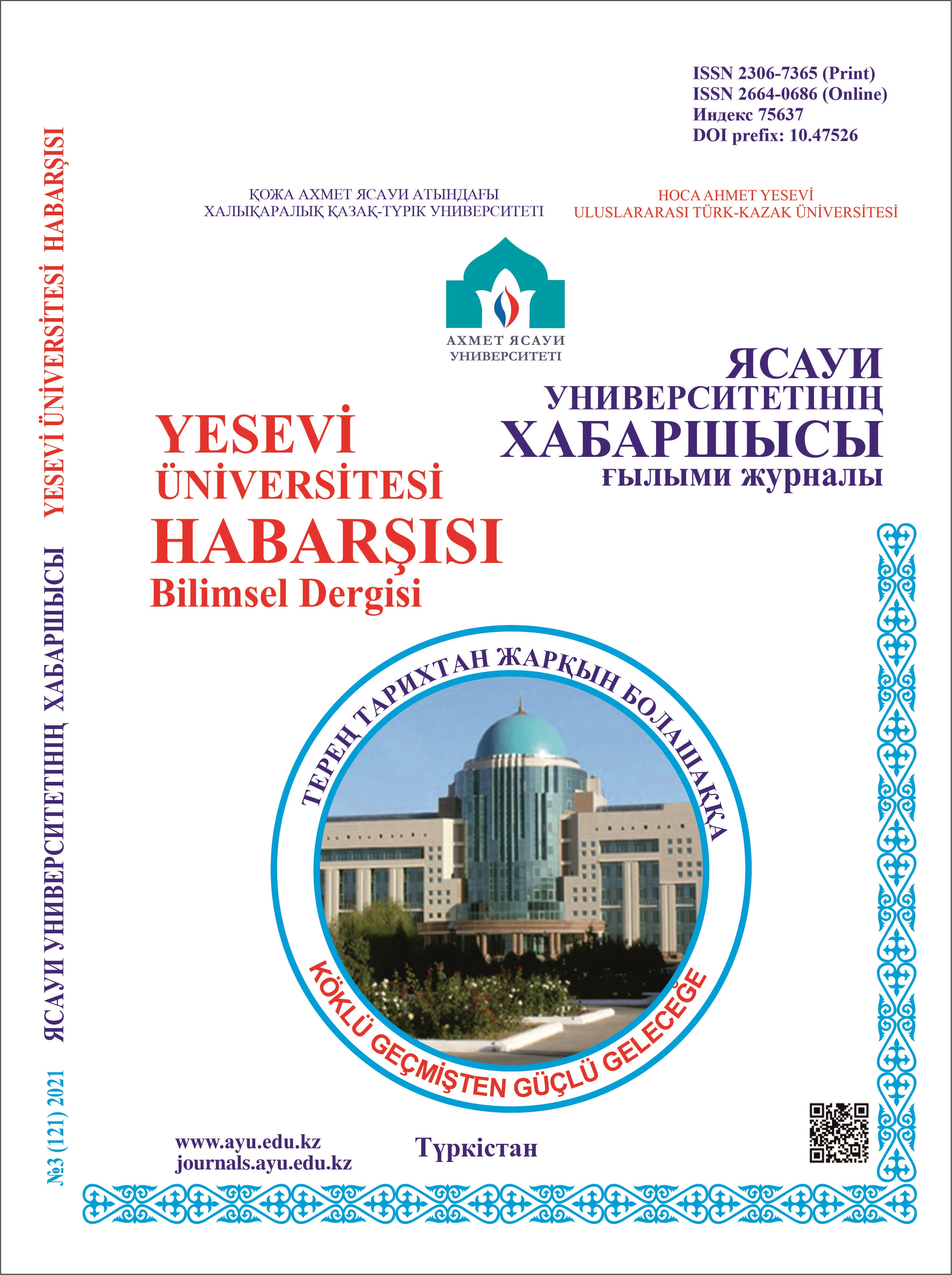Neurolinguistic Features of Digital Autism
75 99
Keywords:
keywords words: neurolinguistics, digital autism, autism spectrum disorder, brain function, speech behavior, cognitive mechanism, defectology, communication.Abstract
The way of thinking and consciousness of a person is not only a problem of an
individual, but also a general socio-social problem. In the modern era of “digitalization”, the
phenomenon of “digital autism” is rapidly gaining momentum among the younger generation,
especially among children and adolescents. Screeners, buzzers or Generation “Z” are modern
children who cannot imagine their lives without electronic devices. This makes it difficult not only
for the child to develop language abilities and speech activity, but also to adapt to the social
environment, get an education, and the path to professional success.
The article examines the impact of digital autism, which is the impact of autism on people's
daily and personal lives. Currently, social networking or excessive spending time in a virtual
environment can give people an advantage over direct communication and give them emotional
freedom and confidence that are not always present in ordinary communication. However,
excessive isolation from society, the distinction between virtual and real life situations, their correct
assessment and the development of specific solutions create certain difficulties.
The complexity of the issue of digital autism lies in the fact that digital autism occurs not only
in children, but also in adults. Unfortunately, there are few neurolinguistic studies on the prevention of digital autism, treatment of autism, rehabilitation, and restoration of brain function. Digital autism is one of the most difficult problems that requires studying at the junction of several
sciences, such as neurolinguistics, sociology, medicine, defectology, from the point of view of the
anthropolinguistic paradigm.
References
Хайдеггер М. Время и бытие: Статьи и выступления / Пер. с нем. В.В. Бибихина. –М.:
Республика, 1993. – 447 с.
Замфир М. Использование виртуальной среды более 4 часов в день у детей в возрасте от 0 до 3
лет, сходный с расстройством аутистического спектра // Журнал румынских
литературоведческих исследований. – 2018. – №13. – С. 953–968.
Выготский Л.С. Мышление и речь // Собр. соч.: в 6 т. – М.: Педагогика, 1982. – Т. 2. – 361 с.
Лурия А.Р. Язык и мозг. Вопросы психологии. – М.: Педагогика, 1974. – 312 с.
Venuti P., Senese V.P. Un questionario di autovalutazione degli stili parentali: Uno studio su un
campione italiano // Giornale Italiano di Psicologia. – 2007. – №34 (3). – Р. 677–698.
Курпатов А.В. Чертоги разума. Убей в себе идиота. – М.: Капитал, 2022. – 416 с.
Бодуэн де Куртенэ И.А. Общее языкознание. Избранные труды. – М.: Юрайт, 2017. – 343 с.
Heffler K.F., Davidovitch M. Screen media and autism spectrum disorder: A systematic literature
review // Journal of Developmental & Behavioral Pediatrics. – 2019. – №40. – Р. 303–311.
Симерницкая Э.Г. Мозг человека и психологические процессы в онтогенезе. – М.: Издательство
МГУ, 1985. – 190 с.
Жангужинова М.Е., Кульсеитова М.А., Кашаганова Т.У. Обзор методов применения цифровых
технологий для процесса обучения сценографии в системе подготовки бакалавров // Ясауи
университетінің хабаршысы. – 2023. – №4 (130). – Б. 245–265.
Haidegger M. Vremia i bytie: [Time and Being] Statii i vystuplenia / Per. s nem. V.V. Bibihina. – M.:
Respublika, 1993. – 447 s. [in Russian]
Zamfir M. [The consumption of virtual environment more than 4 hours/ day, in the children between 0-
years old, can cause a syndrome similar with the autism spectrum disorder] // Jurnal rumynskih
literaturovedcheskih issledovanii. – 2018. – №13. – S. 953–968. [in Russian]
Vygotski L.S. Myshlenie i rech [Thinking and speech] // Sobr. soch.: v 6 t. – M.: Pedagogika, 1982. – T.
– 361 s. [in Russian]
Luria A.R. Iazyk i mozg. Voprosy psihologii [Language and brain. Questions of psychology]. – M.:
Pedagogika, 1974. – 312 s. [in Russian]
Venuti P., Senese V.P. Un questionario di autovalutazione degli stili parentali: Uno studio su un
campione italiano // Giornale Italiano di Psicologia. – 2007. – №34 (3). – Р. 677–698. [in Italian].
Kurpatov A.V. Chertogi razuma. Ubei v sebe idiota [The halls of the mind. Kill the idiot in yourself]. –
M.: Kapital, 2022. – 416 s. [in Russian]
Boduen de Kurtene I.A. Obshee iazykoznanie. Izbrannye trudy [General linguistics. Selected works]. –
M.: Iurait, 2017. – 343 s. [in Russian]
Heffler K.F., Davidovitch M. Screen media and autism spectrum disorder: A systematic literature
review // Journal of Developmental & Behavioral Pediatrics. – 2019. – №40. – Р. 303–311.
Simernitskaia E.G. Mozg cheloveka i psihologicheskie processy v ontogeneze [The human brain and
psychological processes in ontogenesis]. – M.: Izdatelstvo MGU, 1985. – 190 s. [in Russian]
Jangujinova M.E., Kulseitova M.A., Kashaganova T.U. Obzor metodov primenenia cifrovyh tehnologi
dlia processa obuchenia scenografii v sisteme podgotovki bakalavrov [An Overview of the Methods of
Using Digital Technologies for the Process of Teaching Scenography in the Bachelor's Degree System]
// Iasaui universitetіnіn habarshysy. – 2023. – №4 (130). – B. 245–264. [in Russian]

